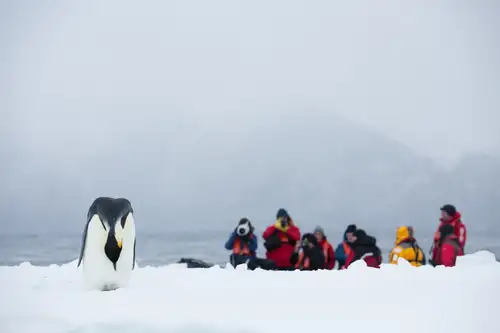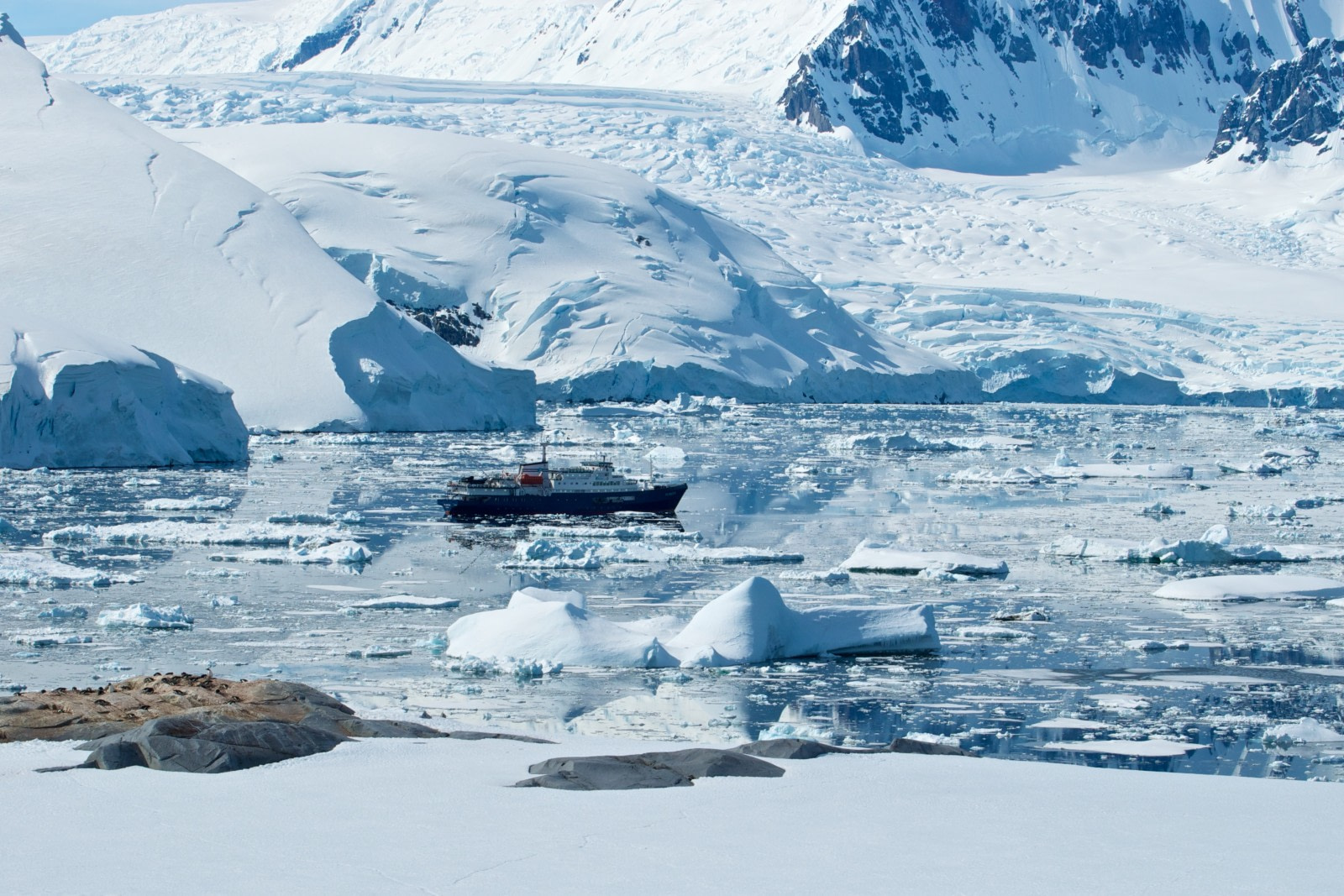Exploring the Wonders of the Deep Sea
The deep sea remains one of the most mysterious and least explored regions on our planet. With its vast, dark expanses and unique ecosystems, it continues to captivate scientists and adventurers alike.
Unveiling the Mysteries
Recent advancements in technology have allowed researchers to delve deeper into the ocean than ever before. Submersibles and remotely operated vehicles (ROVs) are now capable of reaching depths that were previously inaccessible, providing us with unprecedented views of the deep sea's wonders.
Unique Marine Life
The deep sea is home to a plethora of unique and often bizarre marine creatures. From bioluminescent jellyfish to the elusive giant squid, the diversity of life in these dark waters is truly astounding. These organisms have adapted to the extreme conditions of their environment, showcasing the incredible resilience of life.
Challenges of Deep-Sea Exploration
Exploring the deep sea is not without its challenges. The immense pressure, frigid temperatures, and complete darkness make it a hostile environment for both humans and machines. Despite these obstacles, the pursuit of knowledge drives scientists to continue their exploration efforts.
Technological Innovations
Innovations in underwater technology have been crucial in advancing our understanding of the deep sea. High-definition cameras, advanced sonar systems, and improved submersible designs have all contributed to the success of recent expeditions. These tools allow researchers to capture stunning images and gather valuable data from the ocean's depths.
Conservation Efforts
As we learn more about the deep sea, the importance of conserving these fragile ecosystems becomes increasingly clear. Human activities, such as deep-sea mining and pollution, pose significant threats to these environments. Efforts to protect and preserve the deep sea are essential to ensure the survival of its unique inhabitants.
Future Prospects
The future of deep-sea exploration holds great promise. With continued advancements in technology and a growing commitment to conservation, we can look forward to uncovering even more of the ocean's secrets. The deep sea remains a frontier of discovery, offering endless opportunities for scientific research and adventure.
For more information on deep-sea exploration, visit our website.
Blog


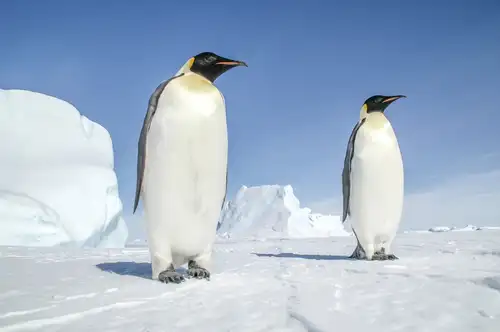
Antarctic Icon: 44 Facts About the Emperor Penguin

10 Books and Films To Prepare for your Antarctica cruise
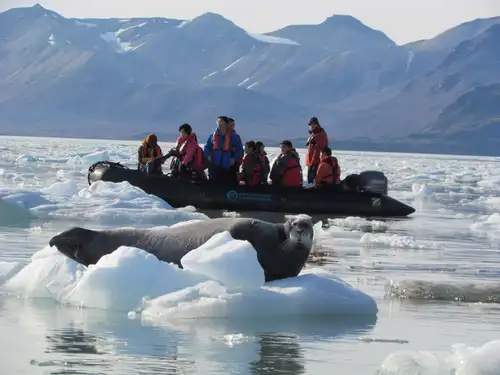
Six Seal Species You Might See On Your Greenland Cruise

8 Whales You Might See During Your Antarctica Cruise
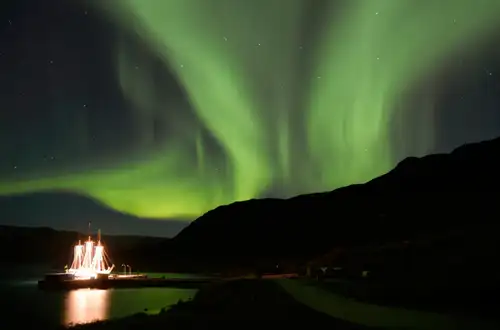
The Northern Lights dancing across the skies
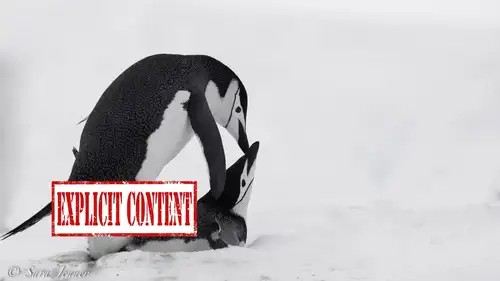
Hot Ice: Breeding Practices of Five Polar Animals
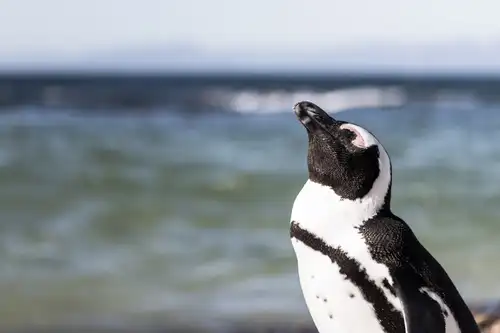
How Arctic Wildlife Differs from Antarctic

Arctic Mythology: Inuit, Saami, and the Ancient Greeks
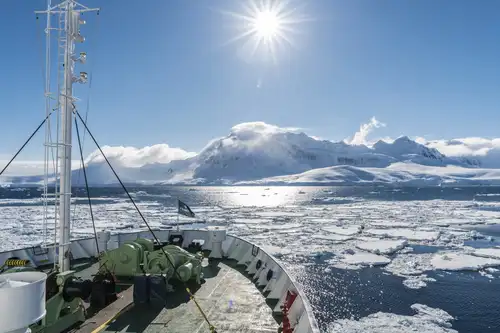
Cruising Solo: The Benefits of Single-Passenger Polar Travel
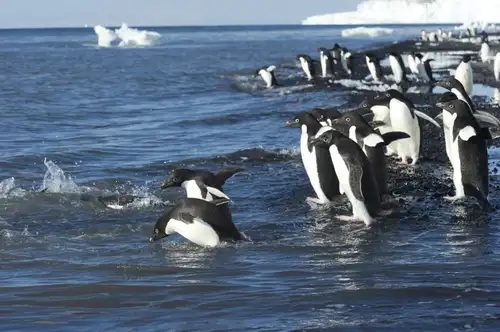
Adélie penguins in the Ross Sea - Antarctica
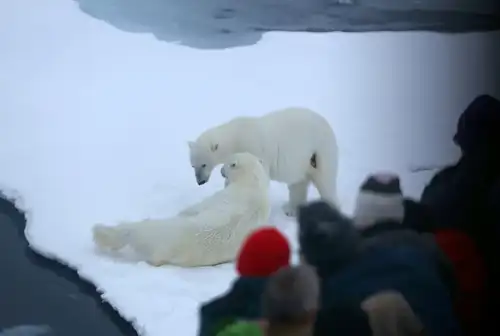
The Pack Ice and Polar Bears of North Spitsbergen

Experience King Penguins, Seals and More in South Georgia
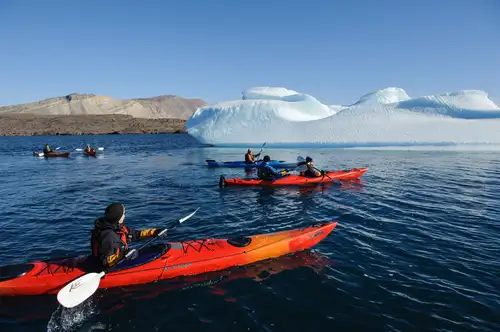
Greenland: Where the Kayak Was Invented
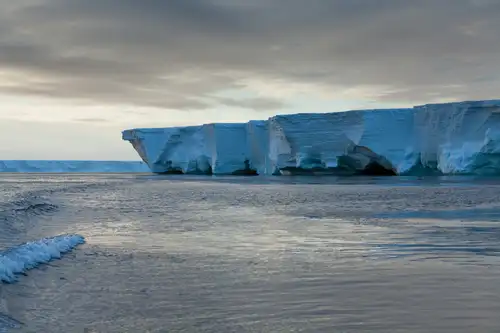
Science of the Ross Ice Shelf
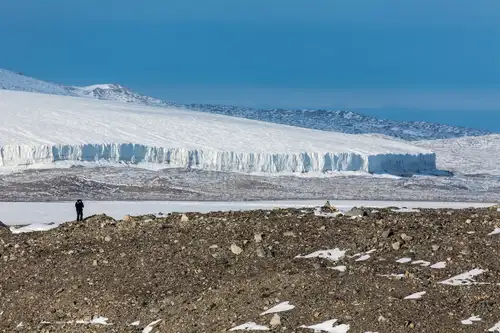
The Secret Life of Glaciers: How They Form, Move, and Melt
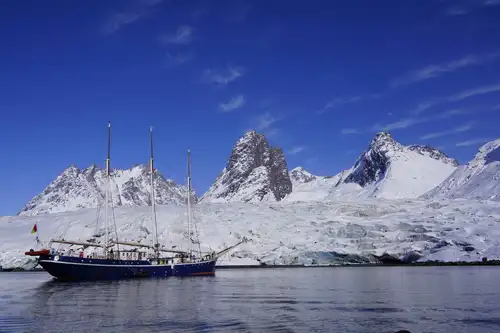
5 Misconceptions You Might Have About Greenland

Peaks, Fjords, and Auroras: 14 East Greenland Attractions
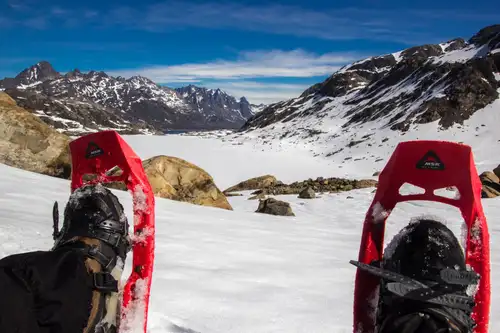
Five Reasons Why Snowshoeing is a Perfect Polar Activity
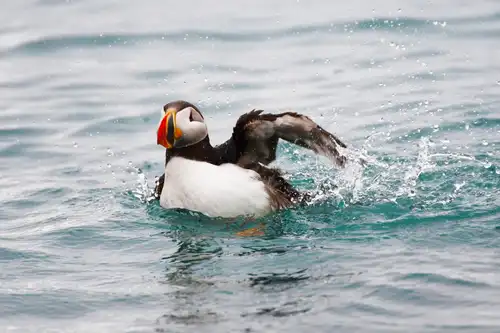
Puffins: Clown Birds of the Atlantic
